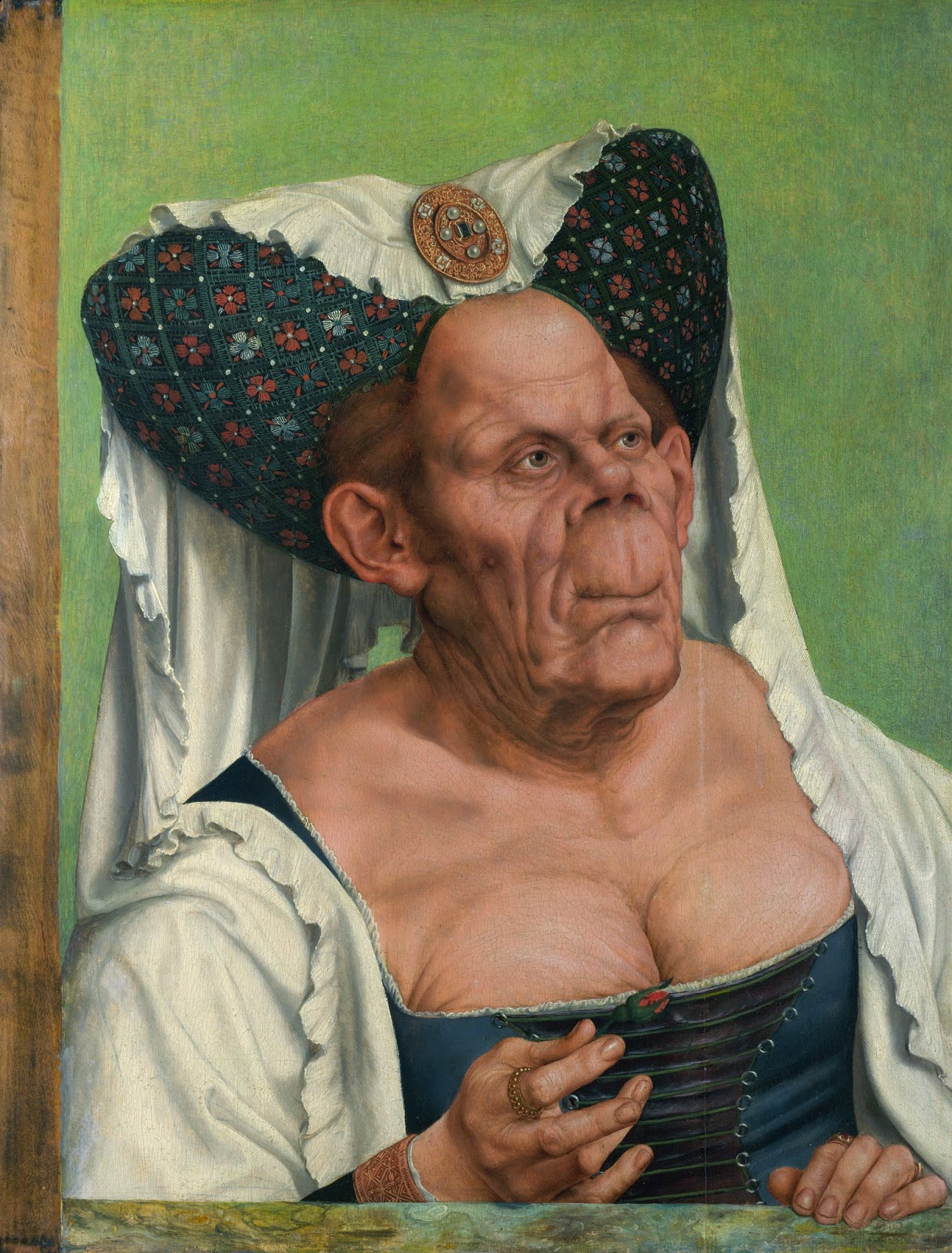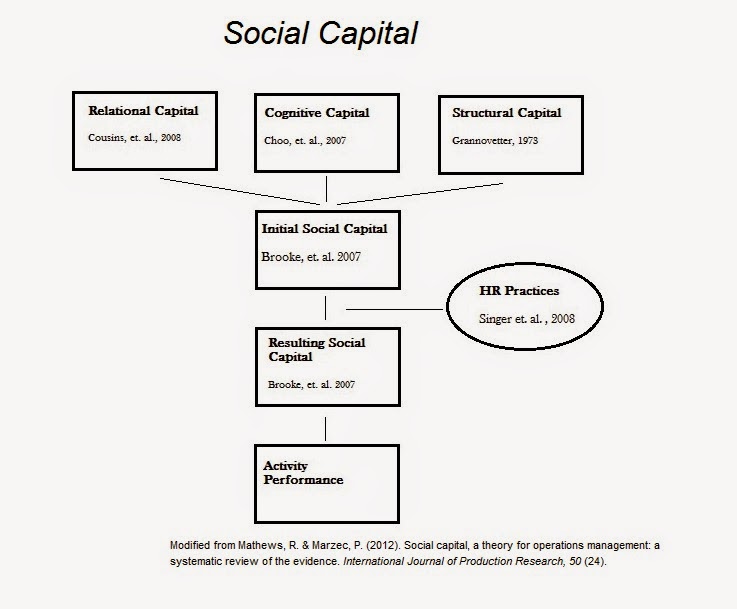With international business growing a greater need
for educating students to compete on international markets is important. Subtle
differences exist between national and international education. The type of
education will determine the direction the educational process takes. A paper by Nisbet (2014) delves into defining
these two concepts to better understand how the different focuses impact the
perspective of graduates.
National education emphasis national curriculum
while international education may follow national curriculum but focuses
learning on international markets. Students in national programs seek to
understand the most important concepts in their field while international
education puts that information into a global perspective.
There are some important differences in terms of
histories. Education accompanies stories and definitions that develop a
perspective. National education places a greater emphasis on teaching national values
while global education focuses more on international values required for
working in international markets.
National education is successful in places like
China that are trying to hold together people from different geographies,
cultures and identities. It is an educational plan that supports national
identity and national growth. We see examples of this with high levels of
nationalist business decisions and paternalistic governmental styles.
National and global education often exist within the
same university and throughout a country. National education is what we see in
public education that attempts to socialize and educate societal members for
productive work based in Industrial Age thinking. Global education would
naturally seek to socialize to the standards of international organizations.
Global education requires students to think beyond
their local towns and nations to see how business is conducted on international
markets. Ideas such as international law, business, accounting, economics, communication,
and cultural awareness are common in international business schools. Graduates
would be more focused on the international arena and plan on working in those
fields.
Nisbet, I. (2014) International education and
national education – can they co-exist? International Schools Journal, XXXIII,
(2)

